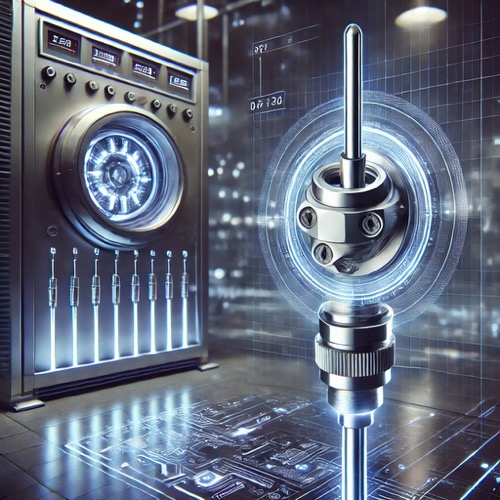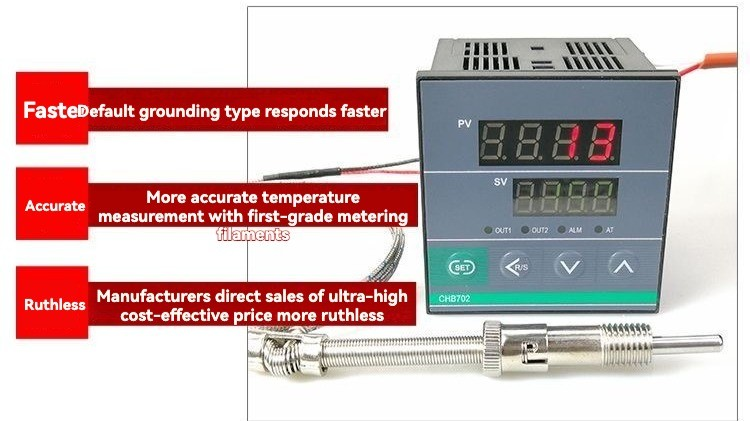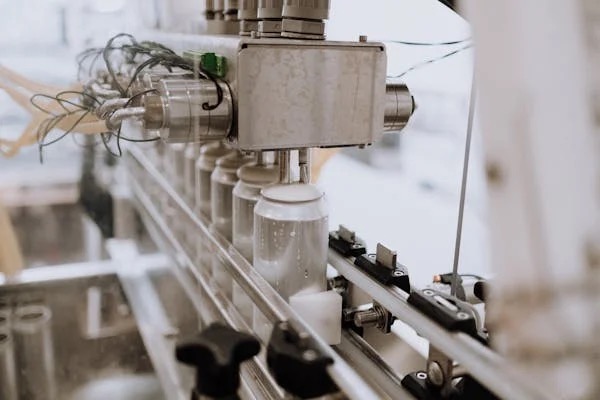Types of Arduino Sensors: Top 7 You Should Know
Arduino sensors are electronic modules that allow you to sense the environment by receiving input from the physical world. They play a crucial role in the development of IoT devices and automation systems. In this article, we will explore the top 7 types of Arduino sensors that every engineer should know.
Table of Contents:
I. Introduction
II. What are Arduino Sensors?
III. Temperature Sensor
IV. Humidity Sensor
V. Light Sensor
VI. Motion Sensor
VII. Gas Sensor
VIII. Sound Sensor
IX. Conclusion
II. What are Arduino Sensors?
Arduino sensors are devices that measure physical phenomena such as temperature, pressure, light, sound, motion, and more. They come in various sizes, shapes, and functionalities. The Arduino microcontroller can interface with these sensors via analog or digital pins.
III. Temperature Sensor
Temperature sensors are widely used in home automation, industrial control, and medical applications. They can detect the ambient temperature using thermistors, thermocouples, or ICs. The LM35 sensor is a popular choice for measuring temperature in the range of -55°C to 150°C.
IV. Humidity Sensor
Humidity sensors measure the amount of water vapor in the air. They are essential in HVAC systems, agriculture, and food storage. DHT11 and DHT22 sensors are two of the most common types of humidity sensors that interface well with Arduino.
V. Light Sensor
Light sensors can detect different levels of brightness in the environment. They are useful in street lighting, security systems, and photography. The LDR sensor is a cheap and reliable option to measure the intensity of light. On the other hand, the TSL2561 sensor offers better accuracy and dynamic range.
VI. Motion Sensor
Motion sensors can detect human presence and movement. They are commonly used in smart homes, robotics, and security systems. The HC-SR501 sensor is a popular choice for motion detection, as it is inexpensive and easy to use.
VII. Gas Sensor
Gas sensors can detect harmful gases and pollutants in the air. They are crucial in industries such as mining, oil and gas, and chemical processing. The MQ series gas sensors, such as MQ-2 and MQ-135, are widely used in Arduino projects and offer high sensitivity to various gases.
VIII. Sound Sensor
Sound sensors can measure the intensity of sound waves and vibrations. They are useful in music production, noise pollution monitoring, and medical diagnosis. The KY-038 sound sensor is a module that can detect sound levels using an electret microphone and an LM393 comparator.
IX. Conclusion
In summary, Arduino sensors are versatile and affordable modules that enable us to sense and interact with the physical world. We have reviewed 7 types of Arduino sensors: temperature, humidity, light, motion, gas, and sound sensors. By combining these sensors with the Arduino microcontroller, we can design innovative solutions for a wide range of applications.

Understanding Thermocouple Calibration: Why It’s Crucial for Accuracy
In industries where temperature plays a critical role in process control, the ability to measure temperature with high precision is essential. Thermocouples are among the most widely used temperature sensors




